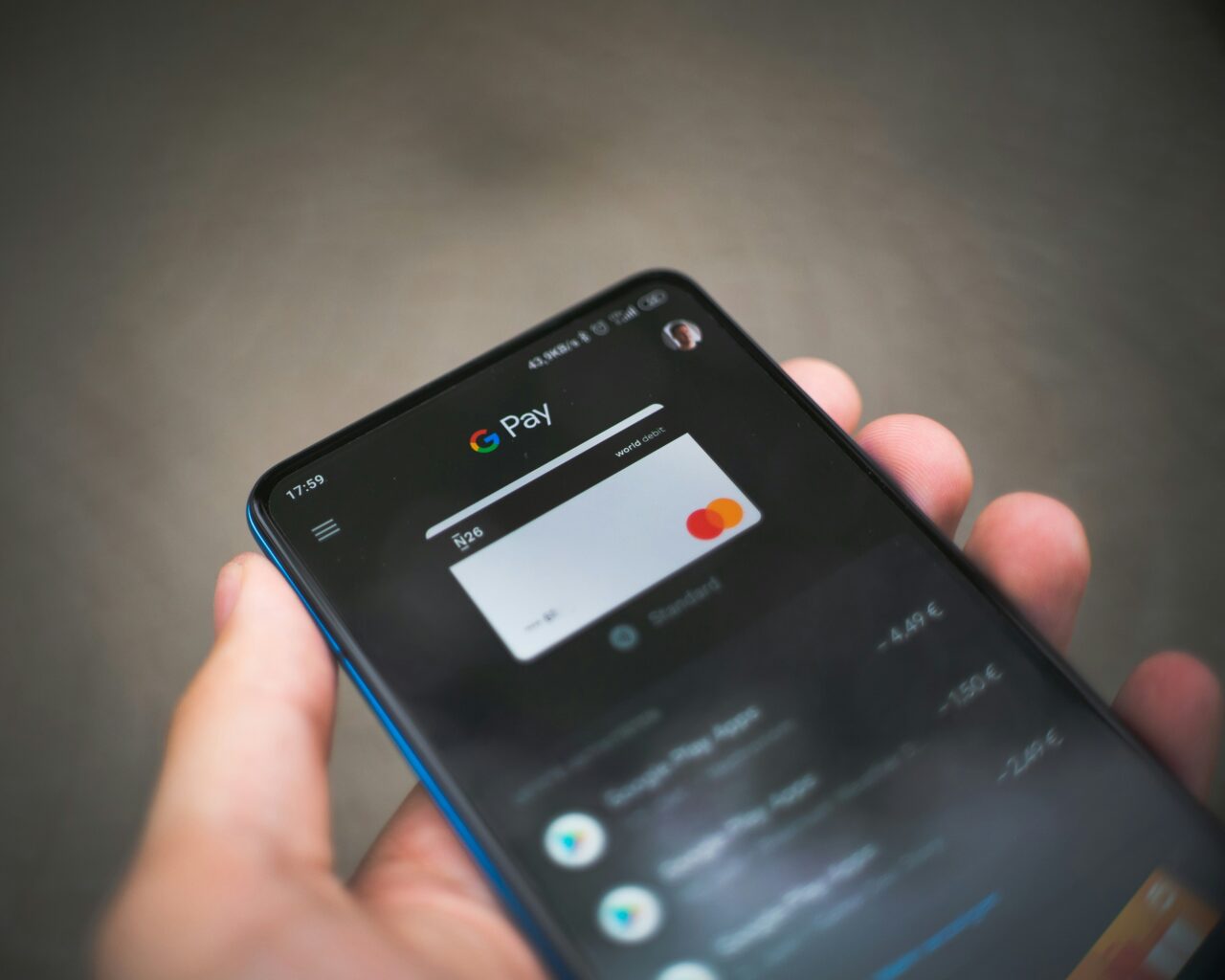
According to LexisNexis’ recent True Cost of Fraud Study, which looks at fraud trends in the financial services and lending sectors of the U.S. and Canada, the cost of fraud has grown significantly as the global pandemic has ebbed. The report noted that every dollar of fraud currently costs financial services companies in the U.S. $4.00, up from $3.25 in 2019 and $3.64 in 2020. The picture for lenders is even worse. In fact, the report notes that fraudsters have been especially aggressive in the mortgage lending business, sending mortgage lending fraud costs up by more than 23% since 2020.
The report also highlights the problem of identity: the challenge financial institutions have when it comes to identity verification and the rise of identity fraud as “a significant percent of fraud losses at the point of funds distribution.” Both banks and mortgage lenders surveyed also noted the difficult tasks of enhancing fraud detection while simultaneously keeping the customer experience as friction-free as possible.
Lastly, LexisNexis Risk Solutions Director of Fraud and Identity Christopher Schnieper pointed to the elephant in the room when it comes to fraud-fighting in general: the opposition is tough.
“It is difficult for even the best trained professional to detect the increasingly sophisticated crime occurring in the remote digital channels without the aid of solutions that detect digital behaviors, anomalies, device risk, and synthetic identities,” Schnieper said.
What can we learn from the findings of the LexisNexis team, as well as from other analysts and researchers who have pointed to the growing challenges we face when it comes to fraud and cybercrime in financial services?
Three Key Takeaways from the Current State of Fraudtech
Evolving threats demand continuous innovation
Innovation in fraud fighting is driven significantly by antagonistic competition, a “disloyal opposition” to borrow from the language of political science. The competition in fraudtech is not just between businesses and individuals all working to build better mousetraps. This competitive arena also includes actors whose goal, to extend the metaphor, is to help mice avoid being entrapped in the first place. This makes fraudtech an especially “rubber meets the road” part of fintech in which innovation is more than a way to gain market share, it is an existential requirement.
In a recent Experian webinar sponsored by Finovate, Experian’s Kathleen Peters and Prism Data’s Brian Duke underscored the importance of thinking of fraud “as a business.” And as a business, fraudsters will aggressively seek out new markets of opportunity, focusing particularly on areas where there are new, sizable streams of capital flowing. Think about the amount of fraud that accompanied both the housing boom in the late aughts. Think about the fraud uncovered as part of the unprecedented financial response to an unprecedented global health crisis. Think of what is currently taking place with the various meltdowns in the crypto space. Understanding fraud as a business not only helps fraud fighters better combat criminal activity, it also helps fraud fighters get a sense of where fraudsters might strike next.
Tech-enabled human talent to the forefront
In fraud-fighting, there is no debate on the importance of using technology to enhance and support human talent and insight. While there are some instances in which actual human activity is replaced by technology, much of this replacement is of manual, mundane, or routine tasks that are undesirable as work, and often error-prone compared to automated interventions. On the other side, AI and machine learning give human agents fast, rich data they can leverage alongside their own intellect and experience in the field to make superior judgements compared to technological or human actors alone.
Jody Bhagat, President of Americas at Personetics, used the term “Digital Plus Human” in a Mastermind Keynote at FinovateFall earlier this year. “Digital Plus Human” describes what Bhagat called a “sweet spot” between an all-tech versus all-human approach for midsized banks. This is a worthwhile concept that fraud fighters have embraced. The blending of human intelligence with AI, for example, to suss out bias inadvertently created by allegedly color- or gender-blind algorithms, is one instance of the digital plus human concept at work. Relying on human instinct to ferret out more complex identity challenges highlighted by technical tools is another key component of contemporary fraud fighting strategies.
Innovation in identity is key to better security
Lastly, it is increasingly clear that identity is the key to better security. In some ways, the more we can solve the identity issue, the easier it will be for us to solve and resolve security issues. Part of this lies in understanding identity as an access or action-specific factor, rather than a static representation of an individual in the physical, non-digital world. In other words, the interaction between a user and the user’s mobile device may tell more about the authenticity of the individual than a street address or even a social security number. This helps us understand the specific – and more precise – data requirements needed when it comes to establishing identity in digital contexts.
Here, companies like Trulioo are doing important work in helping financial institutions leverage digital identity to make the onboarding process a better and safer experience for the customer and business alike. Other firms, such as Instnt, are introducing innovations such as continuous identity assurance and portable KYC.
Photo by Sora Shimazak







